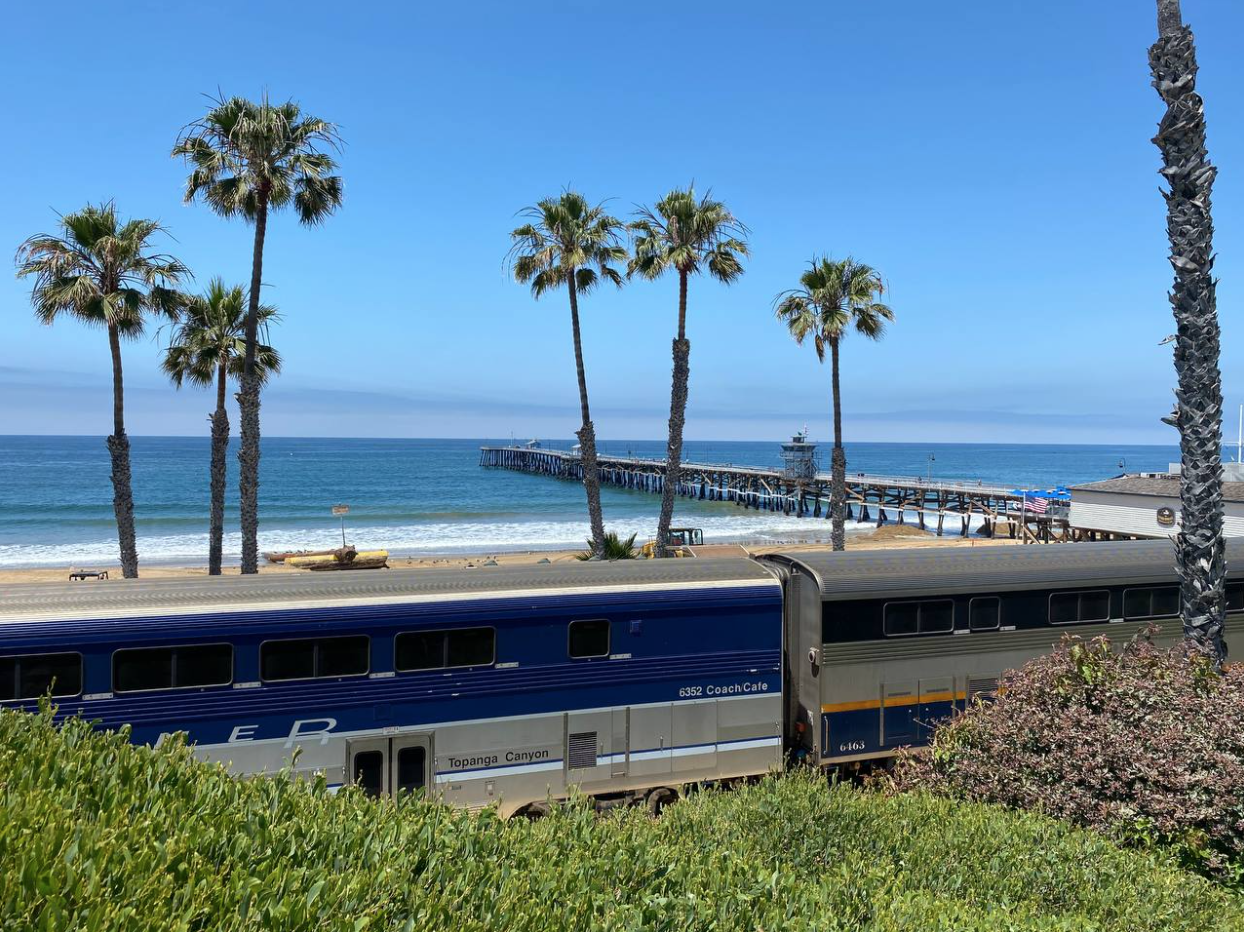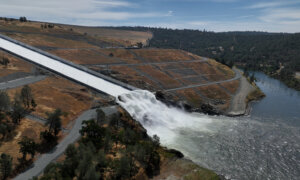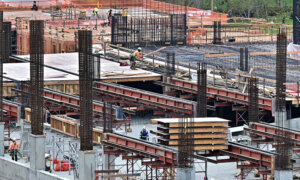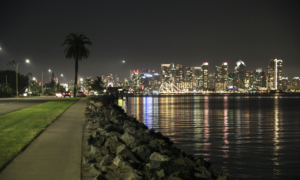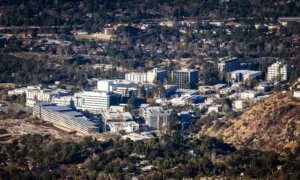A recent uptick in the arrival of smuggled migrants landing on Southern California shores in fishing boats has prompted one coastal city to explore installing infrared cameras and possibly allowing the public to monitor the beaches at night.
San Clemente, home to more than 62,000 residents and located on the coast about halfway between Los Angeles and San Diego, decided unanimously Feb. 4 to ask federal immigration authorities if they want to partner with the city to install a coastal surveillance system.
Mayor Steven Knoblock discussed the idea with city councilors Tuesday and called for City Manager Andy Hall to reach out to the U.S. Department of Homeland Security.
While the land border crossings have dropped since President Donald Trump took office last month, the number of boats arriving on San Clemente’s shores has increased because of the city’s location just north of a federal border checkpoint on Interstate 5, according to Councilman Rick Loeffler.
“It’s very obvious why they come in there,” Loeffler said. “It seems like [federal immigration enforcement agencies] would want to have cameras here.”
The boats used—usually unlicensed pangas, which are small, outboard-powered boats often used for fishing—are frequently left behind as the people scatter into the community, Knoblock said.
“More and more people are coming up by pangas,” he said. “I think it’s important that they be identified. This is a public safety issue.”
Migrants in the boats risk drowning if the craft overturns, especially in the last 50 feet of arrival, according to the city manager.
Hall said Imperial Beach, Calif., located on the U.S. border in San Diego, had a similar surveillance program when he managed that city.
During his time there, one panga overturned and all 15 passengers drowned in waist-deep water, he said.
Knoblock floated the idea of installing three thermal imaging cameras, placed on the city pier and at north and south neighborhood locations.
He also wanted the public to be able to access the live cameras at night after the city’s lifeguards leave for the day.
“I just think it would be a good thing for our community to have and take an opportunity to keep an eye on their own backyard,” he said.
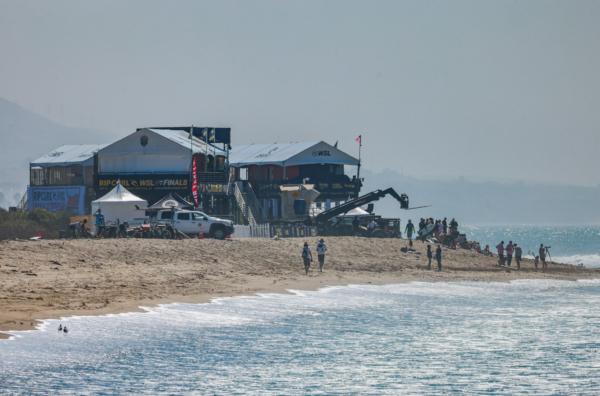
The Rip Curl WSL Finals of Lower Trestles surf spot in San Clemente, Calif., on Sept. 8, 2023. City officials are exploring the idea of installing infrared cameras for the public to watch out for nighttime Migrant boat arrivals. (John Fredricks/The Epoch Times)
Councilman Zhen Wu said the city didn’t have the money to buy the cameras, but he approved of the idea.
If U.S. Immigration and Customs Enforcement, or ICE, has the money or the U.S. Customs and Border Protection (CBP) wanted to install cameras on city property, “I would be open to that,” Wu said.
Councilors also voted to place contact numbers on the city’s website so that people can call federal agencies if they see the boats arrive.
Some residents were concerned about giving the public access to the live camera feed, but the mayor stressed the program would operate like a neighborhood watch.
About an hour south along the San Diego County coastline, officials have reported several boats landing at area beaches to drop off smuggled immigrants in the past year.
On Jan. 25, a boat filled with migrants capsized near a San Diego beach, sending about 20 people into the sea as lifeguards and surfers rushed to rescue them.
It was the second boat found to be smuggling migrants into the county that day, according to the city.
The Border Patrol did not return a request for comment about the city’s plan.

